Brown fruits are those whose skin or flesh shows shades of brown, either naturally as they ripen or as a result of drying processes. Many of these fruits possess a natural brown exterior or turn into said color during their maturity process.
The browning is not always an indicator of spoilage but can signal maturity, offering a sweet and sometimes nutty flavor. These fruits often come with many approaches in the kitchen, used in baking, snacks, and traditional dishes worldwide.
To fuel your excitement, let me introduce you to some veggies that also have a brown color.
21 Popular Brown Fruits with Filters
Uncover all the 21 brown fruits with diverse flavors and textures. Make use of the filter to see if these fruits are employed in making dishes, beverages, or garnish.
To add to that, there are some categories of fruits for you to discover including national, exotic, and fruit vegetables.
Coconut
- Maldives
- For Beverages
- For Dishes
- National
Coconut is a unique fruit, classified as a drupe rather than a nut, with a tough exterior and rich inner meat. This fruit, originally from Southeast Asia, is now a staple in tropical regions around the world.
It contains sweet water and soft, jelly-like meat inside, especially when young and green. Mature coconuts offer rich, crunchy flesh used in a variety of culinary applications, from refreshing drinks to savory curries and sweet treats.
Weighing about 3 pounds with its husk, its hard shell encloses the nutritious water and flesh, with the outer shell turning into a brown color when fully mature.
Kiwi
- China
- Morocco
- New Zealand
- For Dishes
- For Garnish
- National
Kiwi, also known as kiwifruit or Chinese gooseberry, is a berry of Chinese origin. This small fruit, about the size of a walnut, features a unique thin, brown skin and bright green flesh, boasting both a sweet and slightly tart profile.
Note that the seeds inside the kiwi are edible. Interestingly, people often use kiwi as a meat tenderizer or to add an exotic green color to any cooking creations.
Date
- Algeria
- Saudi Arabia
- United Arab Emirates
- For Dishes
- Fruit Vegetables
- National
Date is a sweet fruit that grows on palm trees, found across Africa, South Asia, the Middle East, and tropical areas. These fruits are used as a natural sweetener in various dishes, especially in vegan baking.
Dates are oval-cylindrical, having a bright red to yellow when ripe, and are known for their high sugar content. Once dry, they have a brownish color along with a more concentrated flavor.
Tamarind
- Exotic
- For Dishes
Tamarind is a sour fruit native to Africa, now cultivated in India, Malaysia, Central America, and South America. When fully mature, this fruit has a reddish-brown shell, growing in bean-like pods with a fibrous pulp.
Most tamarind has a sour taste, dominating about 95% of its global production. When ripe, its shell becomes dry and crispy, and the pulp inside turns into a paste-like texture.
Sapodilla Sapote
- Exotic
- For Dishes
Sapodilla sapote is a tropical fruit renowned for its sweet, malty flavor and grainy texture. Originating from southern Mexico, the Caribbean, and Central America, it’s about an egg in shape and size.
It features thin brown skin that becomes saggy when ripe, revealing pale yellow to earthy brown flesh. Each fruit contains one to six seeds, measuring 2-3 inches in diameter.
Canistel
- Exotic
- For Dishes
Canistel is a tropical fruit known for its vibrant yellow flesh and unique, custard-like texture. Originating from Central America, this egg-shaped fruit is also called the “egg fruit” because of its dry, sweet taste that resembles a cooked egg yolk.
It thrives in warm climates and has skin ranging from yellow to orange. Inside, the flesh is often enjoyed raw or used in various culinary applications, including smoothies, desserts, and spreads.
Longan
- For Beverages
- For Dishes
Longan is a tropical fruit known for its sweetness. Originating from Asian and Chinese regions, it’s often called “dragon eyes” due to its eyeball-like appearance.
The fruit has a thin brown shell, while its sweet, musky flesh is whitish and translucent, encasing a small, hard seed. Ideally, longans are fresher when on the branch.
Available fresh, dried, or canned, longans can be used to make jelly, jam, liquor, and tea. They are even suitable for making soups and desserts or adding a sweet-and-sour flavor to dishes.
Salak
- Exotic
- For Dishes
Salak, also known as “snake fruit” for its rough brown shell, is an exotic fruit native to Indonesia, specifically Java and Sumatra. Found in Lombok, Bali, Timor, and Maluku, this fruit grows on short-stemmed palms in clusters.
Each salak lobe contains a large inedible seed, surrounded by white or pinkish flesh that’s both moist and crisp. It offers a distinctive blend of tart and sweet flavors with an astringent kick.
Baobab
- Exotic
- For Beverages
- For Dishes
Baobab is a unique fruit from the Adansonia tree with its hard, egg-like pods that hang upside-down. These fruits come in different lengths, having a woody exterior that turns brown when ripe.
Inside the baobab is a dry, sweet, and tangy flesh with a powdery texture. Commonly ground into powder, baobab enhances the flavor of sauces, dressings, and desserts with its citrusy note. Usually, baobab is harvested from December to May.
Brown Turkish Fig
- For Dishes
Brown Turkish fig is a highly regarded fig variety with a skin that shifts from rusted brown and red to purple. As it matures, the fruit cracks open to reveal rose-colored flesh, offering a unique, nutty flavor.
Characterized by its rich, sweet taste, brown Turkish figs are available from spring through early winter.
Kumato Tomato
- For Dishes
- Fruit Vegetables
Kumato tomato is a unique hybrid developed in Spain, known locally as “olmeca” and grown in several countries, including France, Greece, Belgium, and Canada.
These tomatoes are about the size of a golf ball and weigh up to 0.264 pounds. They vary in color from green to purple to reddish-brown and are popular for their mild to extra sweet and aromatic flavor.
Kumatos are perfect for juicing or adding to salads, although refrigeration can diminish their sweetness and aroma.
Bosc Pear
- For Dishes
- For Garnish
Bosc pear is a fruit with a long neck and russet skin that ripens to a warm cinnamon or brown color. Its flesh is denser and smoother than many other varieties, becoming sweet and juicy when ripe.
The pear is perfect for cooking, especially dishes that require baking, broiling, or poaching. When mature, the skin of bosc pear can develop a wrinkled appearance.
Nashi Pear
- For Dishes
- For Garnish
Nashi pear is a fruit coming from Japan, Korea, and China, having an apple-like size, round shape, and crisp, grainy texture.
Also known as Japanese or Asian pear, it contains a high water content, making it exceptionally juicy and sweeter than common pears.
Available in many varieties, the pears are enjoyed fresh or added to baked desserts.
Cupuaçu
- Brazil
- Exotic
- For Beverages
- National
Cupuaçu is a tropical fruit native to the Amazon, also found in the jungles of Peru, Colombia, Brazil, and Bolivia. This relative of the cacao tree produces oblong, brown, fuzzy fruits about 8 inches long with a thick, hard shell.
Plus, the fruit has a white, juicy pulp inside, making it a favorite for snack bars, ice creams, and as a cocoa substitute in chocolate milk.
Langsat
- Exotic
- For Beverages
Langsat is a fruit favored in Southeast Asia and the Nilgiri hills of India. This fruit, resembling small potatoes, has yellow or pale brown skin along with translucent white, juicy segments of flesh and inedible seeds.
In terms of taste, langsat combines sweet, acidic, and tangy notes, perfect for making a snack. While langsat can be enjoyed fresh or in syrup, its bitter seeds are used as a deworming agent.
Jenipapo
- Exotic
- For Beverages
Jenipapo is a fruit closely related to coffee plants, especially in Brazil. Known also as huito or jagua, this fruit possesses dark blue juice from its unripe state for use in traditional skin, walls, and ceramics painting.
The brownish-yellow fruit, adored for its sour, juicy pulp, is consumed fresh or processed into juices, jams, and compotes.
Medlar
- For Dishes
Medlar is an intriguing fruit dating back to Roman times and originating from the Caucasus and Armenia. It comes with a reddish-brown hue and appearance.
This pome fruit has hairy skin with a size ranging from 1 to 3 inches and becomes edible once it softens. Ideally, the fruit should have a wrinkled brown skin and juicy flesh inside.
For many, medlars have a sweet taste and squishy texture. They pair well with yogurt, crème fraîche, or cheese.
Raisins
- For Dishes
Raisins are simply sun-dried grapes, with Thompson’s seedless being the most popular variety. People often leave fresh grapes to the natural elements to evaporate most of the water content.
You can easily find raisins in baked goods, porridge, cereals, stews, and tagines, or simply munch on them as a snack. After removing all the juicy factors, raisins have a more concentrated flavor, usually a taste of sweet and sour.
Chocolate Habanero Peppers
- For Dishes
- Fruit Vegetables
Chocolate habanero pepper is a sought-after spicy brown pepper originating from the Caribbean. Popularized for its extreme heat, these peppers have evolved into several varieties, like black Congo and Senegal hot chocolate.
Notably hotter than the standard habanero, chocolate habanero offers 425,000 to 577,000 Scoville units, offering a rich, smoky, and earthy flavor to dishes.
Coquito Nuts
- Exotic
- For Beverages
- For Dishes
Coquito nut is a small, coconut-flavored fruit native to Chile. It’s also found in Mediterranean-like climates such as California.
Resembling miniature coconuts with a brown shell and white, hollow interior, these nuts are about 1/2 to 3/4 inches in diameter, offering a crunchy texture and a sweetness similar to almonds.
Enjoyed both raw and cooked, coquito nuts are great for enhancing sweet and savory recipes as well as beverages.
Carob
- For Beverages
- For Dishes
Carob is an elongated pod developed in Mediterranean and Middle Eastern shrub. They have edible pods, called locust beans or St. John’s bread, ranging from 3 to 12 inches long.
They have 5 to 15 hard brown seeds within the sweet pulp. When dried, these pods can be ground into a cocoa-flavored powder. Often, carob is used as a chocolate substitute.
What Vegetables Have a Brown Color?
These are the brown vegetables that you should uncover.
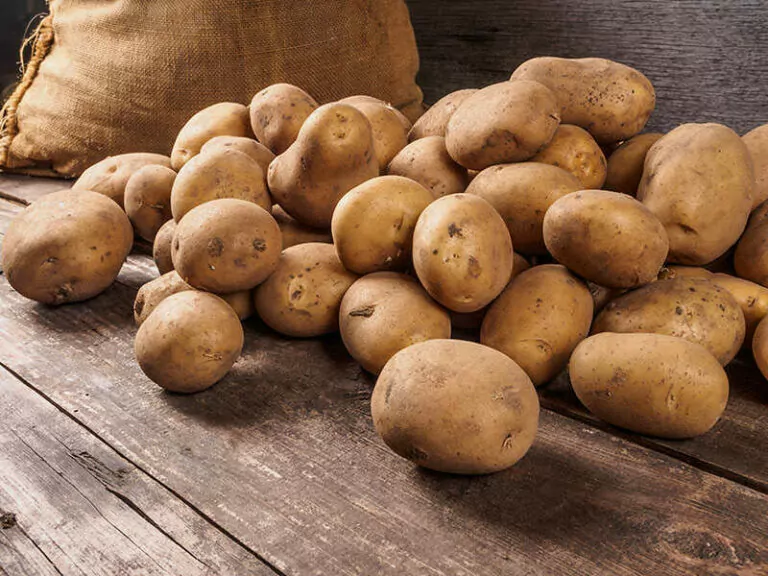
Potato
Potato is a starchy root vegetable widely used in cooking worldwide. It grows underground and can be boiled, baked, fried, or mashed.
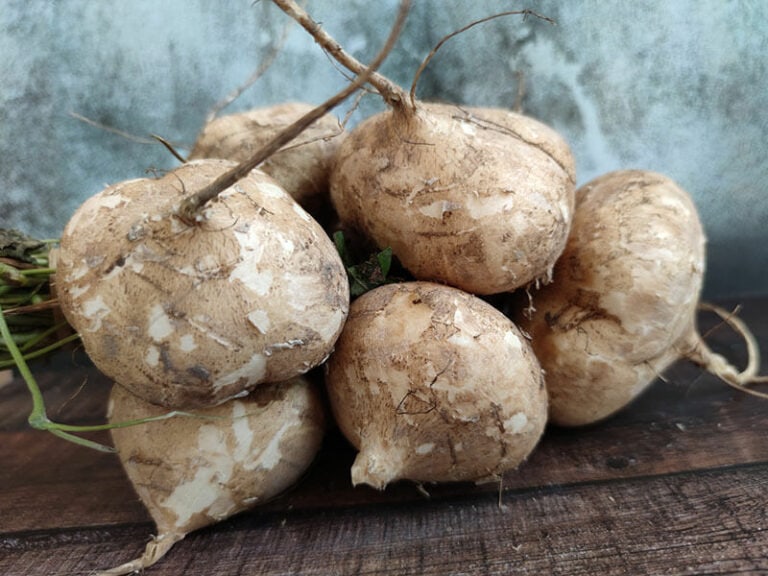
Jicama
Jicama is a crunchy, sweet root vegetable often eaten raw in salads or cooked in stir-fries. It has rough brown skin and white, moist flesh inside.
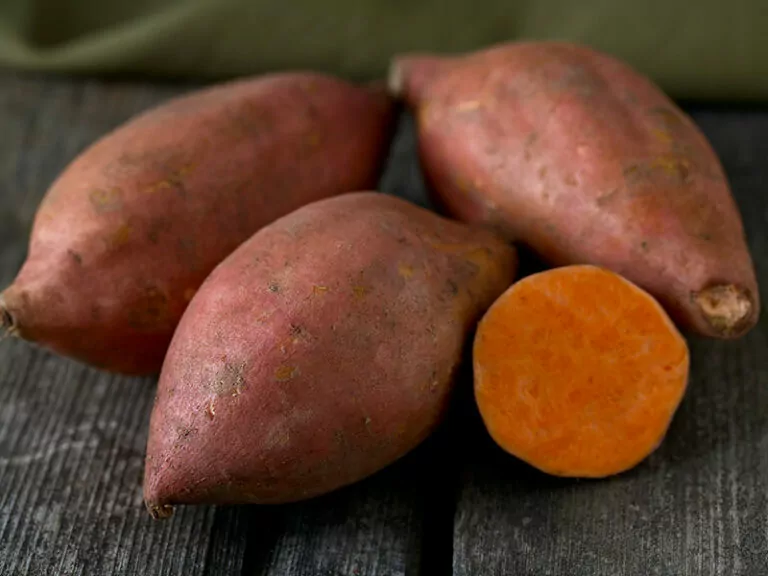
Sweet Potato
Sweet potato is a root vegetable with a sweet taste and smooth skin that ranges in color from yellow to dark purple. It’s rich in vitamins and can be roasted, mashed, or used in desserts.
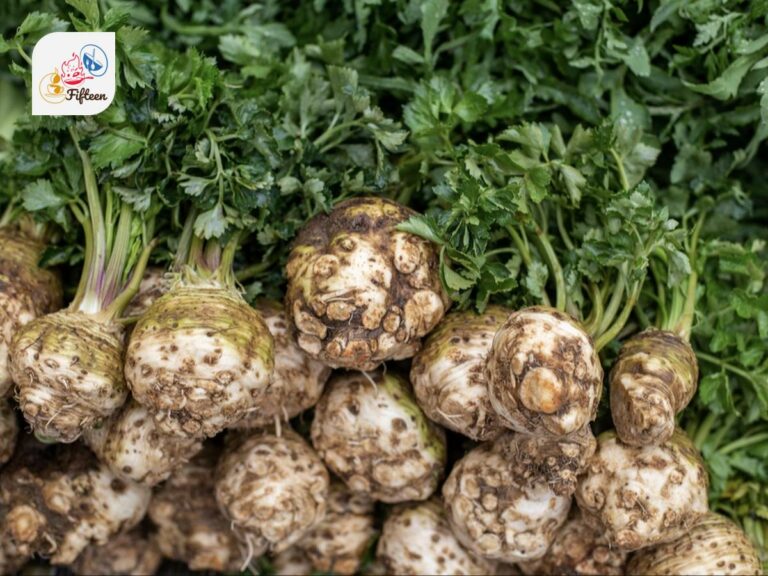
Celeriac
Celeriac is a root vegetable with a knobby surface and a taste similar to celery. It can be eaten raw, roasted, or used as a flavoring in soups and stews.
These are only a few vegetables with a brown appearance, as there are options that have such features. Therefore you shouldn’t miss the chance to know more.
After finding suitable brown fruits, it would be wonderful if you could share this article with many people so they can broaden their knowledge regarding fruit.
Plus, I look forward to receiving your opinions and other ideas in the comments. Thanks a lot!


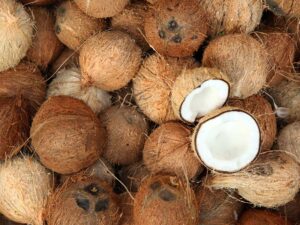
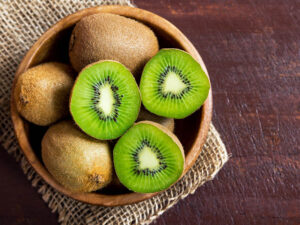
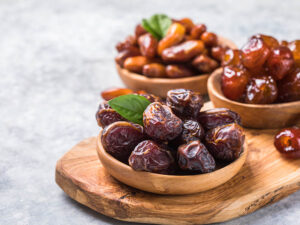
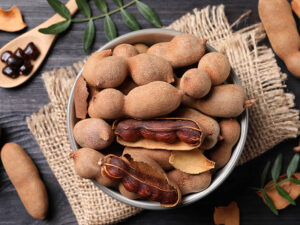
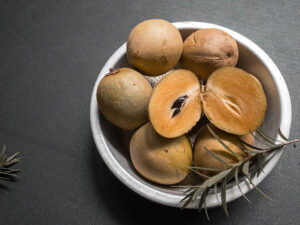
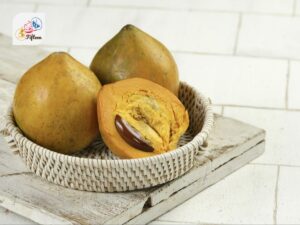
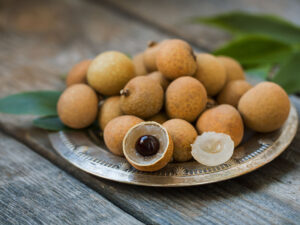
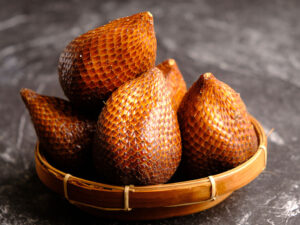
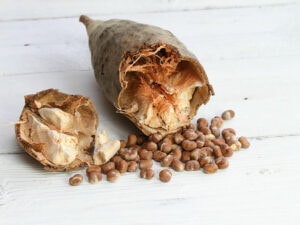
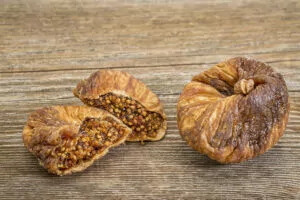
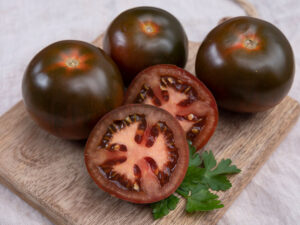
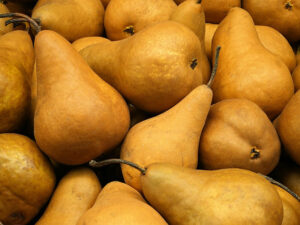
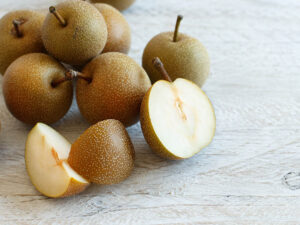
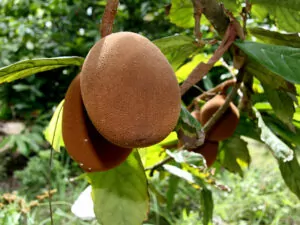
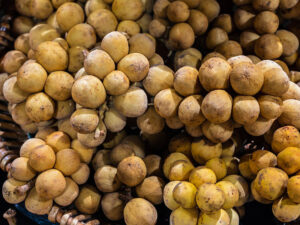
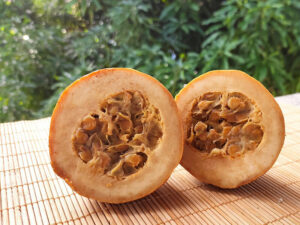
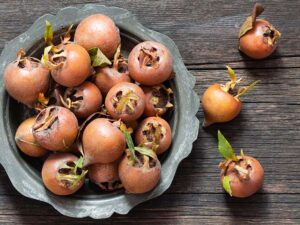
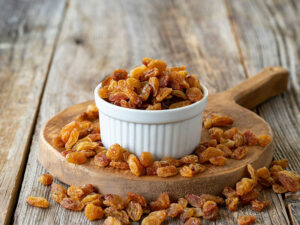
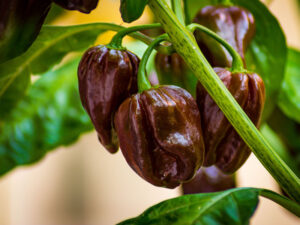
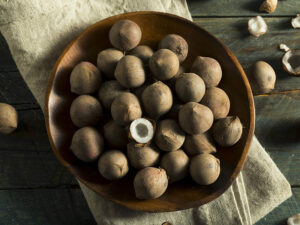
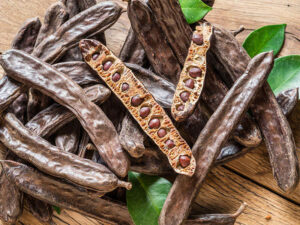
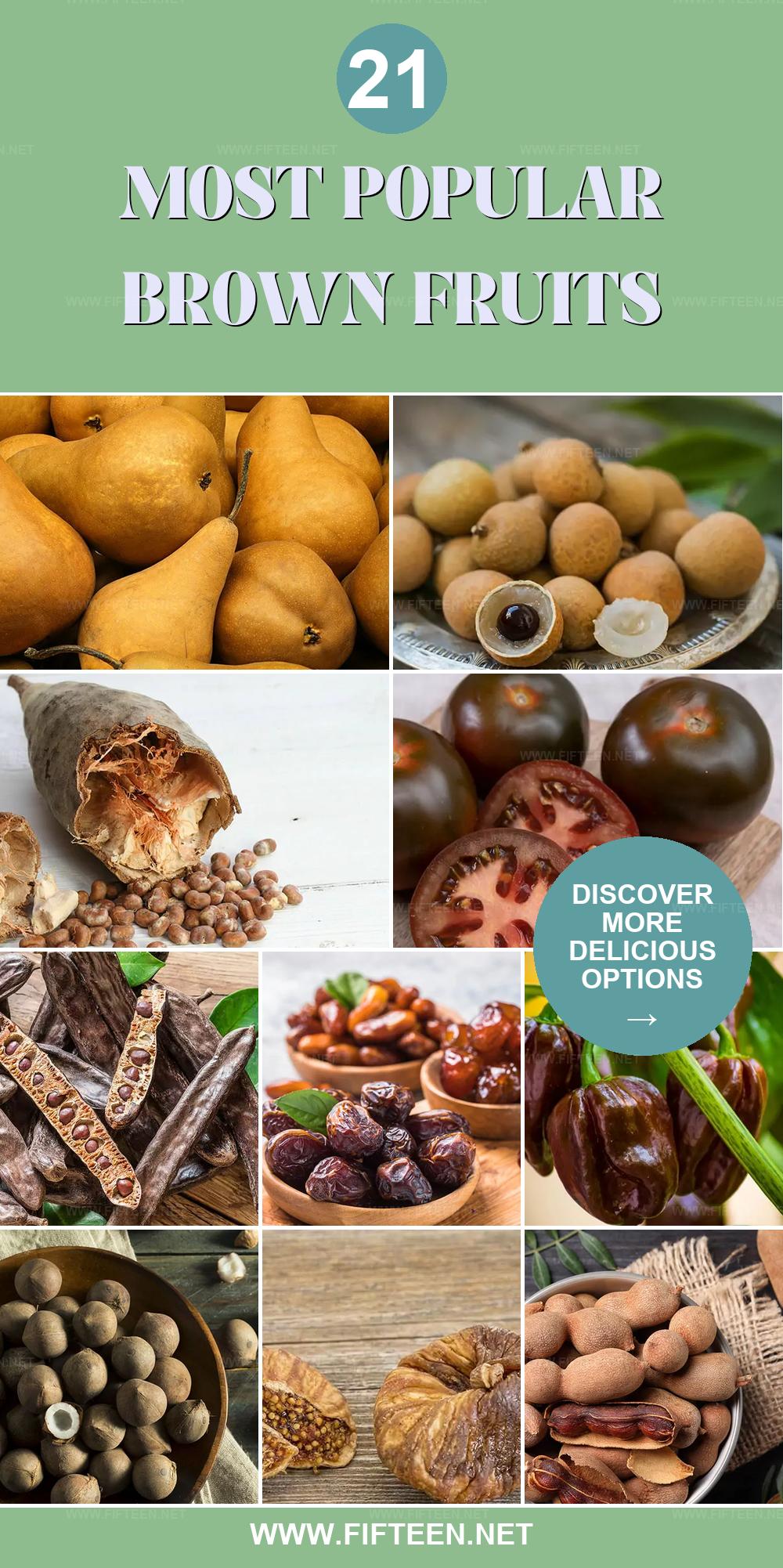
Jamie Scott
Editor in Chief, Senior Content Writer
Expertise
Home Cooking, Meal Planning, Recipe Development, Baking and Pastry, Food Editor, Cooking-video Maker, Western Food Evaluation Expert
Education
Le Cordon Bleu College of Culinary Arts
Local Community College, New York, NY
Jamie Scott is a skilled culinary expert and content creator specializing in Western cuisine. With over 15 years in the culinary field and formal training from Le Cordon Bleu, Paris, Jamie deeply understands how to blend nutrition with delicious flavors. His passion for cooking matches his commitment to making healthy eating accessible and enjoyable.
On Fifteen.net, Jamie brings a fresh perspective to classic dishes and beverages, offering readers insightful recipes, cooking tips, and a fresh view on meal planning that emphasizes taste, health, and simplicity.